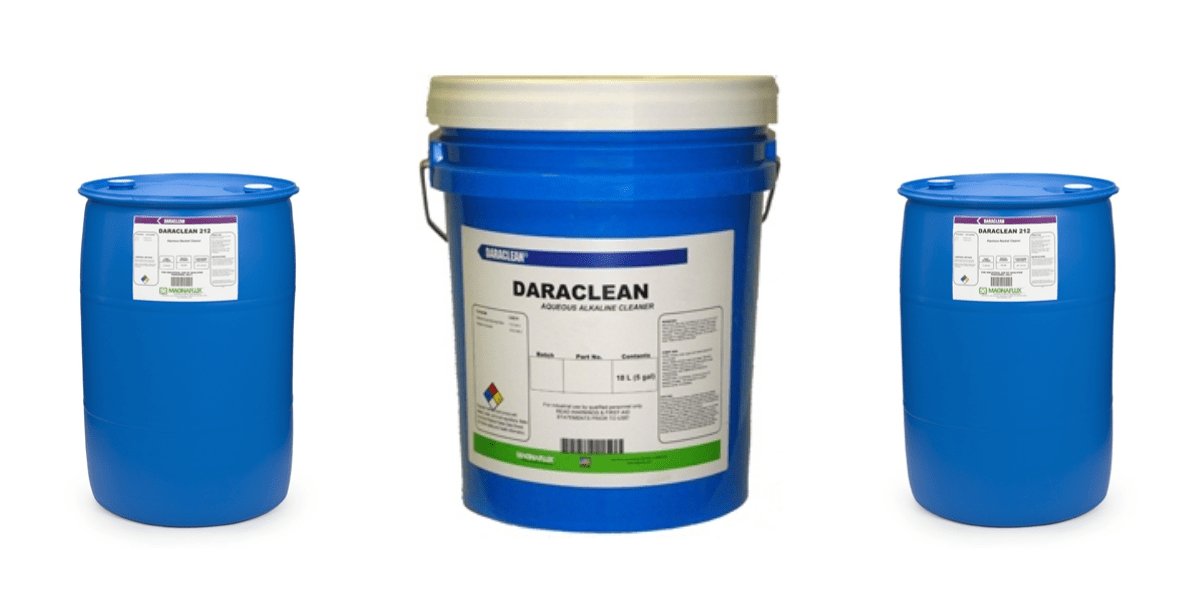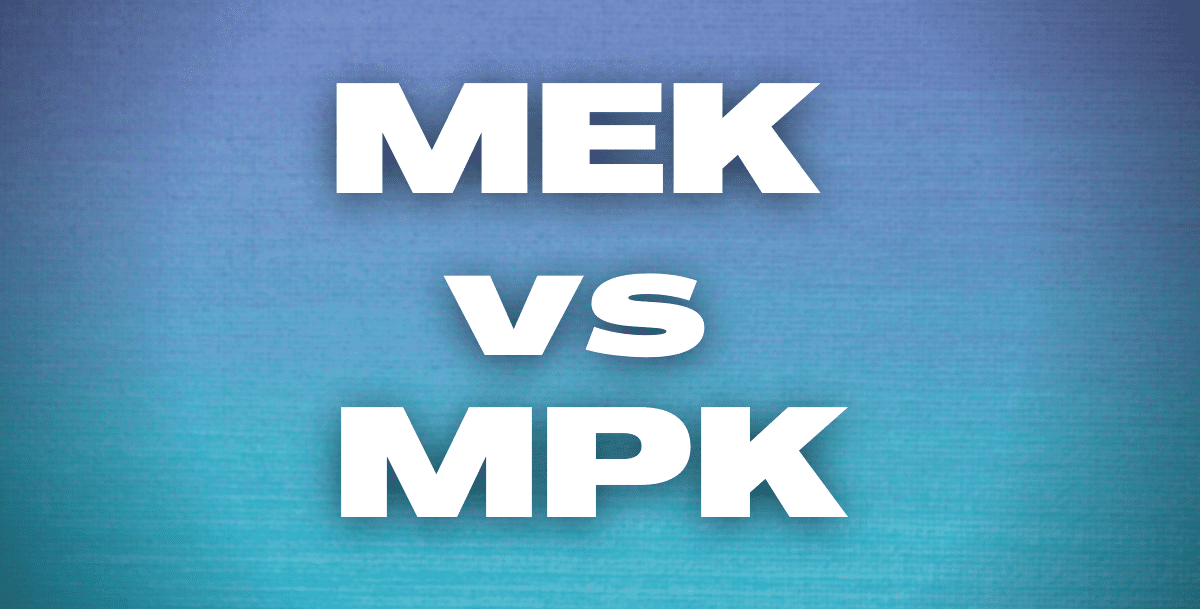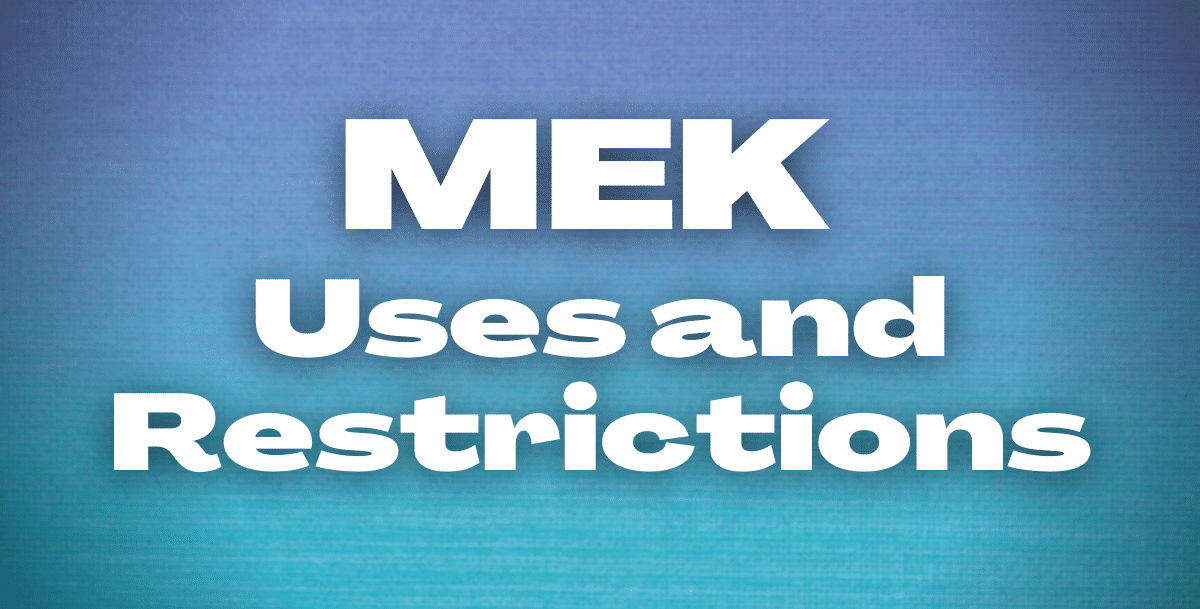Hydrofluoroethers (HFEs) don’t cause ozone depletion, have an extremely low potential for global warming and do not have a long atmospheric...
Blog


CHEMICAL INDUSTRY NEWS
Chemical Chat – Discover What’s New!
Where To Shop Surfactants Online
Surfactants are widely used in the production of cleaning products for their ability to lower surface tension, but can you shop surfactants online?...
Difference Between MEK and MPK
It is important to understand the difference between MEK and MPK as they are often used in similar practices. However, there are some key...
Has MEK Been Banned?
MEK is a popular chemical solvent used across several industries including ink, varnishes, and paint, but has MEK been...
Where To Shop Surfactants Online
Surfactants are widely used in the production of cleaning products for their ability to lower surface tension, but can...
Company News

Managed Services
Discover the Latest in Safe and Sustainable Chemical Solutions
Stay informed with Ecolink’s blog! Subscribe now
Chemical Management Information
Stay updated with us
Sign Up for the Latest Updates
Stay informed about chemical supply chain disruptions and emerging innovations to keep your business at the forefront of efficiency and innovation. Uncover new ways to make your business practices more sustainable by incorporating safer products into your cleaning lineup.


























